The Bull dog is a foreign breed that is very popular in Vietnam. However, in reality, this dog has many characteristics that are difficult to distinguish from purebred or mixed-breed dogs. So today, let’s learn about the origin, characteristics, how to care for and the price to own a Bull dog!
1 About the Bull Dog
Origin of the Bull Dog
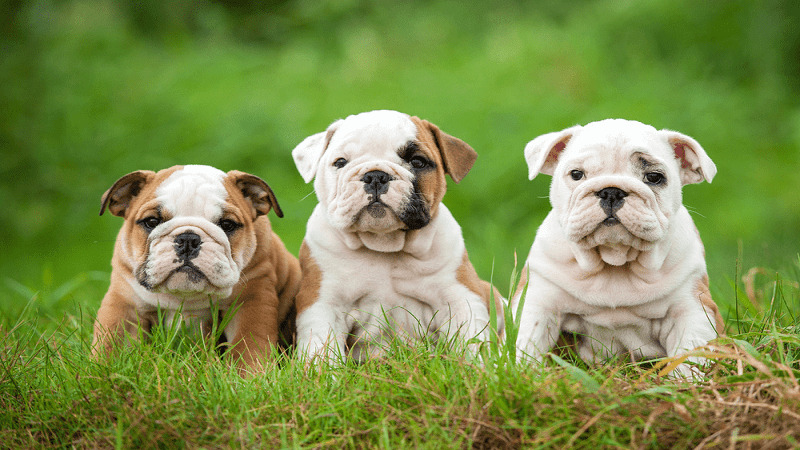 Origin of the Bull Dog
Origin of the Bull Dog
The Bull dog was first known as a breed that originated in the United States, and then they participated in dog competitions of international caliber, creating a frenzy everywhere. So American Bully is the full name for these dogs.
Thanks to this craze, the Bull dog breed was crossbred and spread to Europe and Asia, and many families in Vietnam are willing to spend a lot of money to own one.
The Bull dogs, or Bully, were created perfectly by the crossbreeding between and the Bulldog. So the Bull dogs have the characteristics of both breeds, which is also considered a special advantage that makes this dog even more popular.
Classification of Bull Dogs
French Bulldog (Bull Dog)

The ancestors of the French Bulldog originated in England and were brought to France by lace makers. The first French Bulldog appeared in 1896.
- Height: 35 – 39cm
- Weight: under 13kg
- Lifespan: 10-12 years
The French Bulldogs have a well-proportioned physique, with distinctive features such as muscular body, heavy bones, and smooth coat. Their heads are smaller than the English Bulldog and look much squarer.
Moreover, the strength of the French Bulldog is its moderate size, so it is chosen by many people to keep as pets. In addition, they have darker eyes, not too bulging, stubby tail, and bat-like ears that are wide at the base and taper to a point. The top of the skull is flat between the ears, the coat is short but soft, and the legs are short and stout.
Just by imagining their appearance, we can already tell how adorable they are, right? So, owning a French Bulldog is definitely something to be proud of.
Personality of the French Bulldog
With their ability to express emotions and moods to their owners, along with their intelligence, the French Bulldog always wins the hearts of their owners.
They are extremely trainable, as they listen and learn when taught by their owners.
Another admirable quality of the French Bulldog is that they get along well with other dog breeds. They do not bark or bite at other dogs but instead play with them happily.
See also: Learn about the origin, characteristics, and price of the French Bulldog
English Bulldog
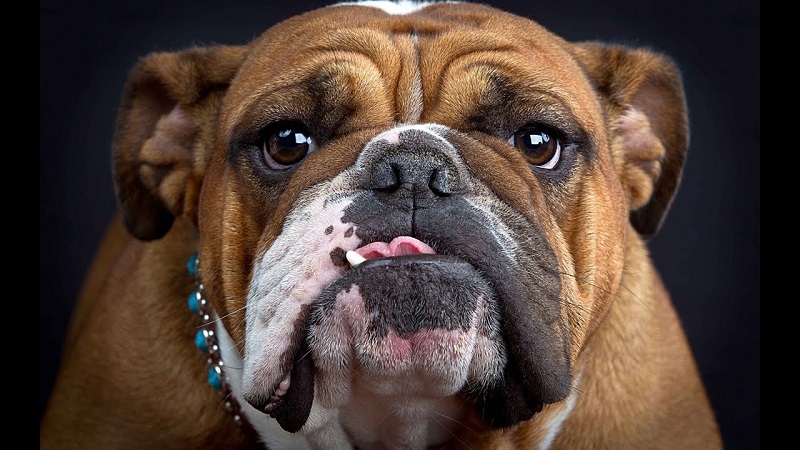
The English Bulldog was created in England in the 13th century, and these dogs were originally used in bull-baiting, a violent sport where a bull is set against a pack of dogs. This cruel origin has made the English Bulldog aggressive in nature. They have become a national symbol of England.
- Height: 30 – 39cm
- Weight: 18 – 23kg
- Lifespan: 8 – 12 years
Unlike the French Bulldog, the English Bulldog has a short, large head and pointed, slightly drooping ears. One funny feature of the English Bulldog is its loose, wrinkled skin, furrowed eyebrows, upturned nose, and small ears.
Additionally, the English Bulldog has a short muzzle, an underbite with protruding sides, and a coat that comes in various colors. The coat is short but very soft and shiny, and the tail is stubby.
Personality of the English Bulldog
Due to their origin in fighting sports, the temperament of the English Bulldog tends to be aggressive, like their appearance. However, after many generations of crossbreeding, today’s English Bulldogs are actually very friendly to families and children.
With their extremely fierce and cold-looking appearance and infrequent barking, the English Bulldog is an excellent guard dog.
American Bulldog
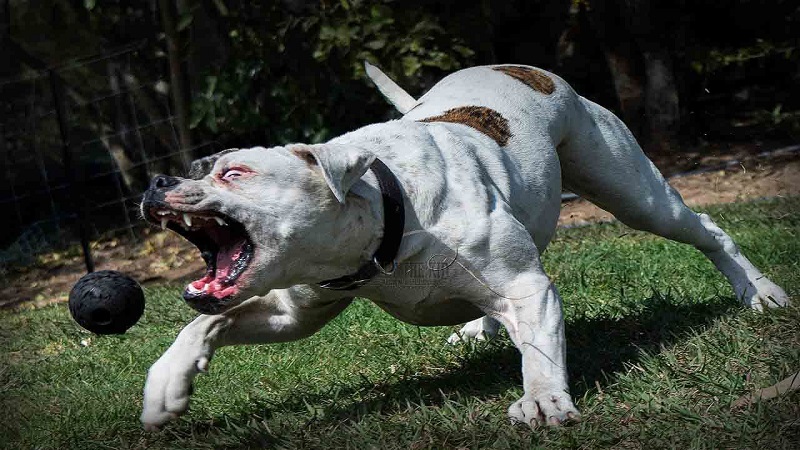
The American Bulldog is considered a descendant of the English Bulldog. Some people say that the American Bulldog originated with English immigrants who brought the breed to the United States. The American Bulldog became known as a herding dog for farmers.
- Height: 56-55 cm
- Weight: 34-46 kg (male), 27-36 kg (female)
- Lifespan: 10-12 years
With their robust build and lack of bulkiness, the American Bulldog is considered the strongest of the Bulldog breeds. They have a large head and muscular body, and their face is friendly-looking, not as cold as the French and English Bulldogs.
The American Bulldog has a short and smooth coat that sheds minimally, so it doesn’t require much grooming. They are usually white with patches of yellow or black.
Personality of the American Bulldog
Although larger in size than the English Bulldog, the American Bulldog is very gentle, affectionate, and loves children.
They are also very clever, strong, and loyal to humans. The American Bulldog performs best when trained seriously and provided with a proper diet.
Physical Characteristics of the Bull Dog
The English Bulldog has a large, round, and wide head, with a short muzzle that is slightly upturned, and loose skin that hangs down, giving it a wrinkled appearance like an old man. Its ears are small in proportion to the size of its head and usually droop down on both sides. Its eyes are slightly small and sad-looking, giving the Bull a perpetually cute expression.
Personality Traits
Contrary to their fierce-looking appearance, the English Bull is quite gentle and approachable. They can easily make friends with others and enjoy being petted on the head. The English Bull is an extremely loyal dog that will protect its owner or itself if it senses danger, thanks to its keen senses and alertness to potential threats. They are also highly intelligent and obedient, making them excellent students in training.
3 How to Care for a Bull Dog
If you are planning to care for and raise a Bull dog, you should pay attention to the following information. Bull dogs have unique characteristics and require different care compared to other dog breeds.
Feeding a Bull Dog
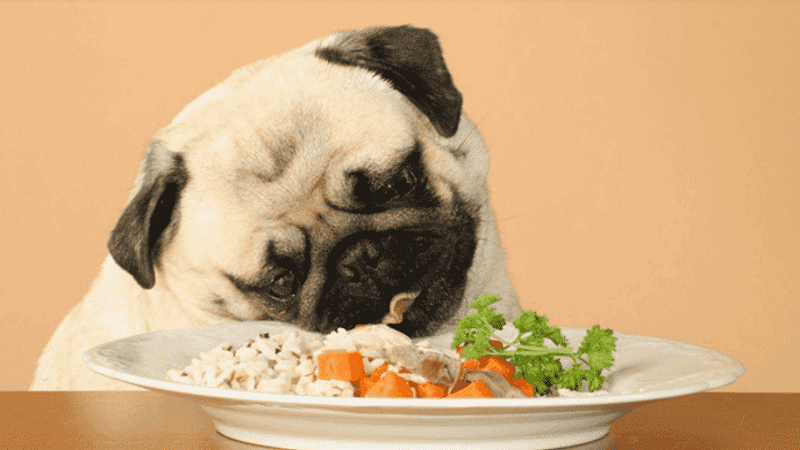
You should regularly feed your dog protein-rich foods such as , , , chicken necks, and organ meats from various livestock. Due to the Bull dog’s active nature, their diet should include foods and supplements with a high protein content.
In addition to protein, carbohydrates are also essential in their diet. Therefore, you should include rice, potatoes, or sweet potatoes in their meals.
In summary, depending on the age of your Bull dog, you must provide a specific diet and the necessary nutrients. Only then can your Bull dog develop comprehensively and healthily.
Exercise Regime for Bull Dogs
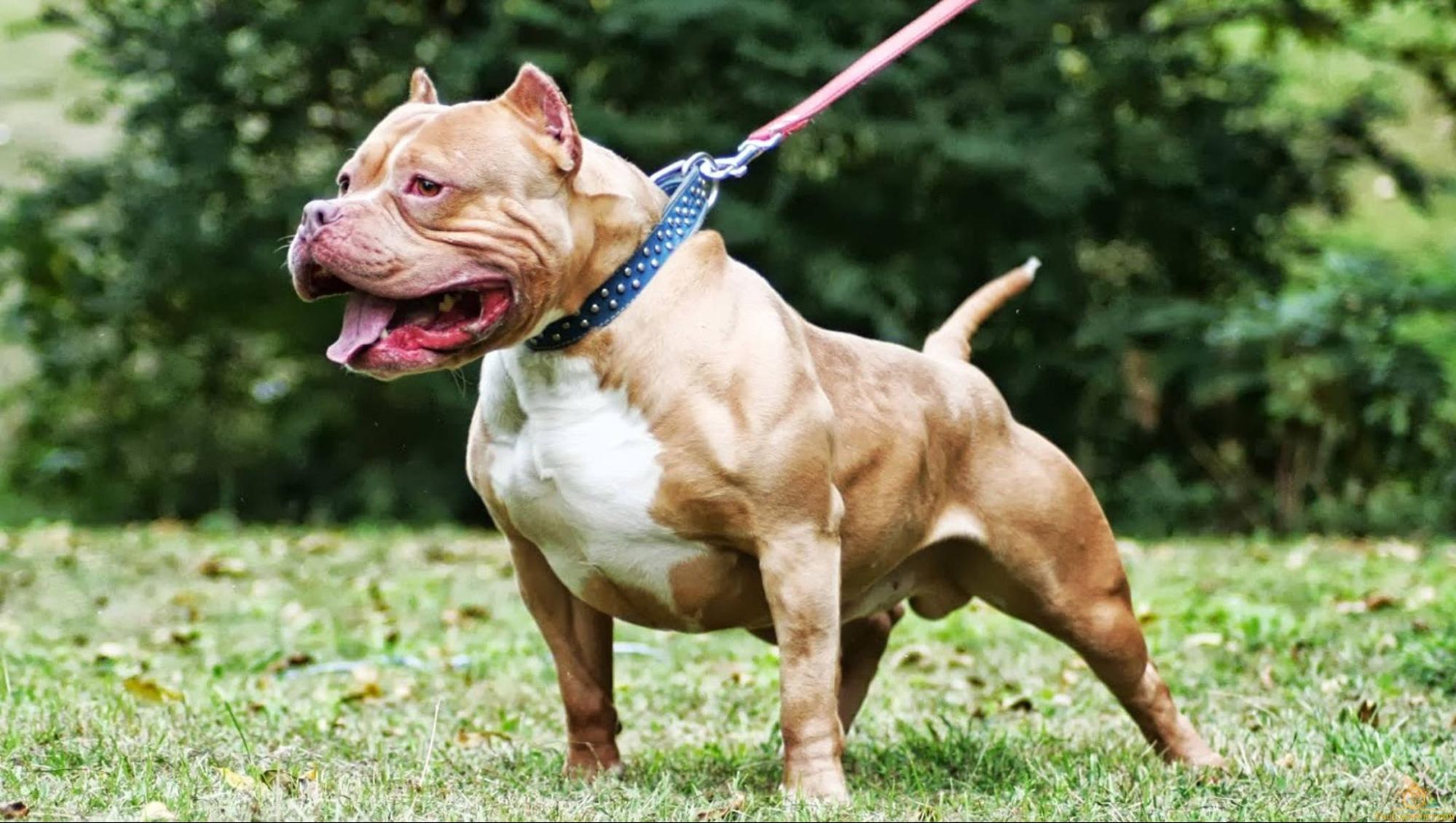
If you want your Bull dog to have a strong and ideal physique, perhaps even winning a dog show, you must ensure that you provide a proper diet and scientific exercise regime.
To ensure success in dog shows, you should regularly exercise your Bull dog according to a scientific regime. The exercise location may not be your backyard but instead a large public park.
Additionally, you can take your dog on long runs to improve its endurance and stamina. Exercise stimulates muscle development and helps them become more toned.
Caring for and Grooming a Bull Dog
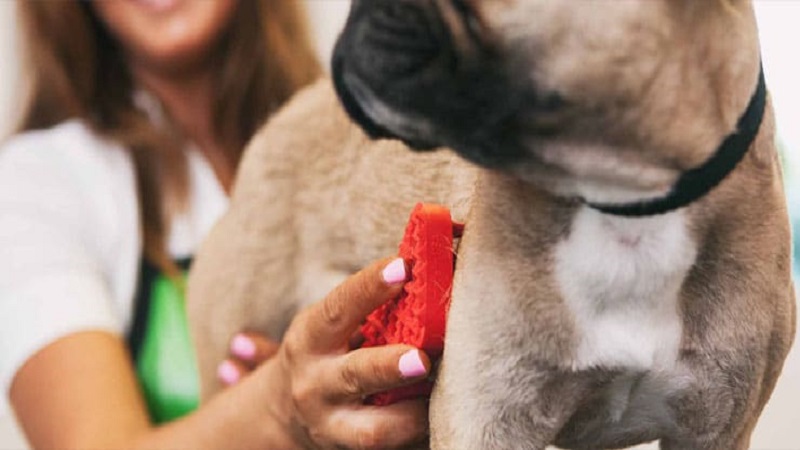
Many pets can be a hassle due to excessive shedding. However, Bull dogs are different; when a Bull dog reaches adulthood, its coat is very short and close to the body. This does not mean that Bull dogs don’t shed at all, but the amount of shedding depends on how well you care for its coat.
The best way to care for your dog’s coat is to bathe it daily to remove bacteria. After bathing, you can use soft towels or a hairdryer to dry its coat and skin. It is important to note that you should not let your dog’s coat remain damp, as this can lead to skin problems.
Common Health Issues in Bull Dogs
Some common health issues in Bull dogs include digestive problems, respiratory issues, obesity, and reproductive difficulties. It is essential to pay attention to these issues and care for your dog properly to prevent them.
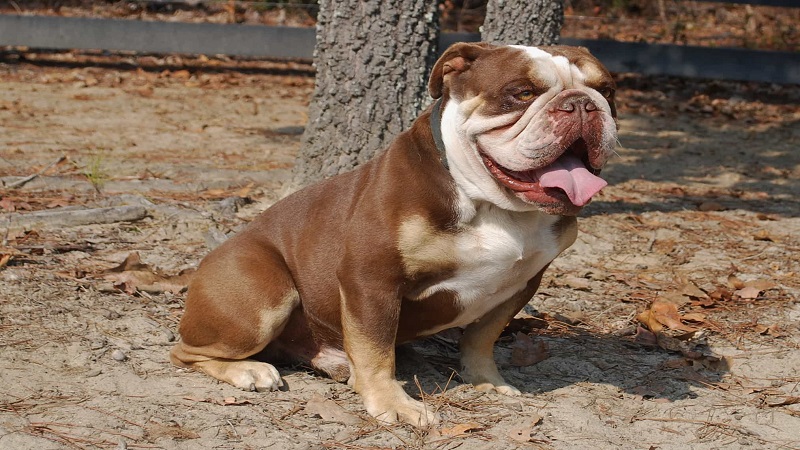
Notes on Caring for a Bull Dog
Since the Bull dog is a foreign breed, if you own one, you should take extra care of it, especially with puppies a few months old. You should pay attention to their body temperature, diet, and, most importantly, get them vaccinated.
Once your Bull dog reaches adulthood, you must regularly check their paws, armpits, and ears. Ensure that there are no ticks or other parasites on your dog. There are many effective tick treatments available on the market that you can use according to the instructions to prevent or eliminate ticks.
4 Tips for Buying a Bull Dog
Price of a Bull Dog
- Vietnamese-born English Bull Dog: Purebred, priced from 10,000,000 – 13,000,000 VND
- French Bull Dog: Purebred, priced from 16,000,000 – 21,000,000 VND
- American Bull Dog: Purebred, priced from 20,000,000 – 25,000,000 VND
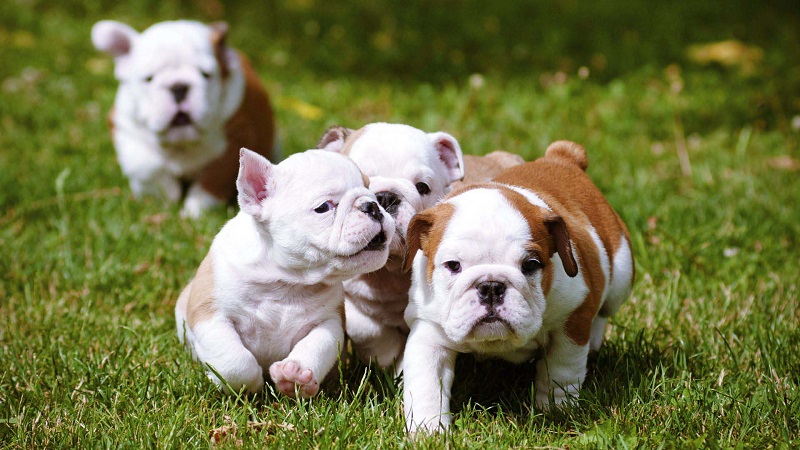
You can choose the right dog for you from various online websites, and the seller will arrange a meeting at a specific location for you to pick up your new furry friend.
Here are some reputable pet sellers in Vietnam that guarantee the authenticity and origin of their dogs:
Sieupet
Website: Sieupet.com
Hotline: 0838336888
Zalo: 0838336888
Email: [email protected]
Address 1: 333 Kim Ngưu, Hai Ba Trung, Hanoi
Address 2: 696 Dien Bien Phu, Ward 10, District 10, Ho Chi Minh City
Breeding Farm: Xom Nhi – Co Loa – Dong Anh – Hanoi
Ban Cho Canh
Address: 212 Tan Mai, Hoang Mai, Hanoi
Phone: 0934 594 567
Email: [email protected]
Website: chonhapkhau.com.vn
Notes on Buying a Bull Dog
The French Bulldog: A Comprehensive Guide to Its History, Unique Traits, and Current Market Price
The French Bulldog, or Bouledogue Français, is a charming bat-eared companion that has won the hearts of dog lovers around the globe. With their compact, muscular build and distinctive features, these dogs have a rich history that began in England and was further developed in France. This breed has become a symbol of French culture and has an intriguing past that is worth exploring. Stay tuned as we delve into the origins, unique characteristics, and the French Bulldog’s journey to becoming a beloved companion and iconic symbol of French elegance.


































